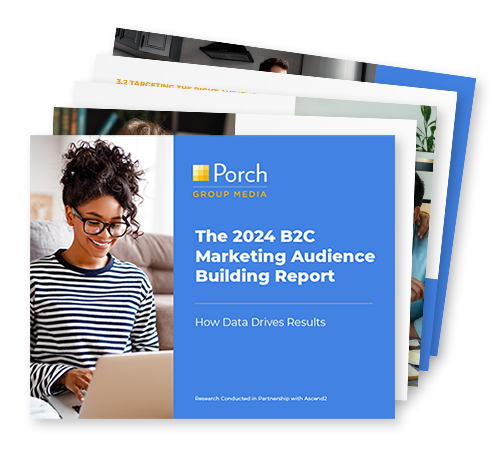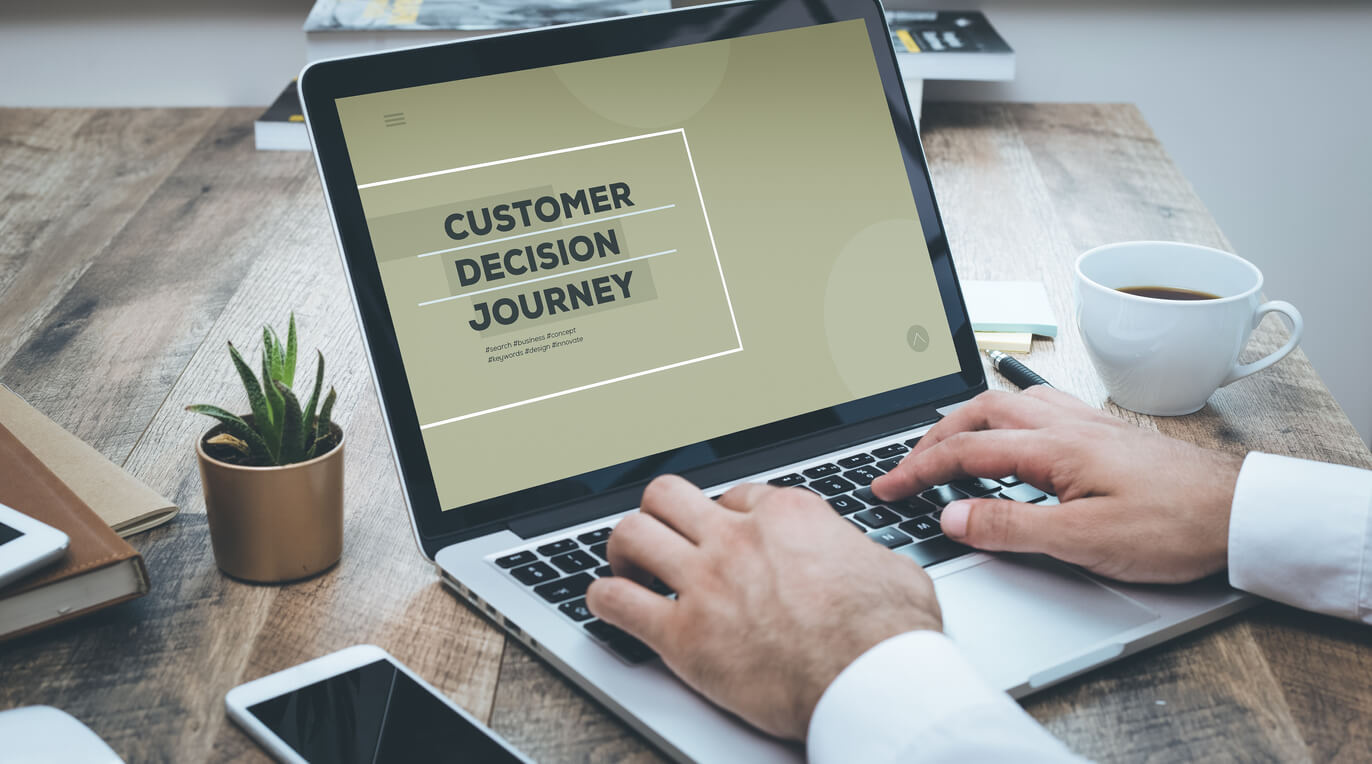Brands are constantly vying for the attention and loyalty of the same customer base. Whether you operate in the tech industry, retail, or any other industry, the challenge remains the same: how can you stand out and win the hearts of customers who have plenty of options to choose from?
In a study by the CMO Survey, 68% of CMOs see more intense rivalry for customers on the horizon.

6 Strategies to Help You Compete for Customers
1. Differentiate Through Your Unique Value Proposition
One of the most effective ways to compete for the same customers is by offering a unique value proposition. This involves identifying what sets your brand apart from the competition and highlighting it to your target audience.
For example, consider Domino’s Pizza: “You Get Fresh, Hot Pizza Delivered to Your Door in 30 Minutes or Less—or It’s Free!” Domino’s Pizza’s famous UVP guarantees fast and hot pizza delivery within 30 minutes or it’s free, offering a compelling reason for customers to choose Domino’s over other pizza delivery options.
2. Offer Competitive Pricing
Price is a significant factor that influences consumer choices. While it’s essential to maintain profitability, offering competitive pricing can be a key differentiator.
In a survey by Emarsys, one way in which US consumers want to be rewarded for their loyalty is with better pricing compared to other customers. When asked what they expect to see in exchange for their loyalty to a particular brand, 43% said they want the best pricing compared to less loyal customers.

Consumers are also looking for personalized offers & discounts (46%) and exclusive offers (44%). Consider discounts, loyalty programs, or bundling options to entice price-conscious shoppers.
3. Focus on Exceptional Customer Service
Excellent customer service can be a great way to set your brand apart from the competition. In fact, 81% of consumers say that receiving good customer service makes them more likely to make another purchase.
Respond to customer inquiries, complaints, and requests promptly. Speed is often crucial in addressing issues and preventing customer frustration. Train your customer service team to effectively resolve issues and provide solutions. Empower them to make decisions and resolve issues independently, up to a certain extent. This can prevent customers from being transferred between departments and lead to faster resolutions.
4. Personalize the Customer Experience
A personalized customer experience that resonates with individual needs and preferences goes a long way to win the hearts and loyalty of customers. 81% of organizations cite customer experience as an important competitive differentiator.
Your customers will spend more with a great customer experience – 86% of consumers are willing to pay more for a great experience. According to research from PWC, they are also willing to pay a premium for more expensive items.
For example, customers are willing to pay a price premium of up to 13% (and as high as 18%) for luxury and indulgence services, simply by receiving a great customer experience. Additionally, 49% of consumers have made impulse purchases after receiving a more personalized experience.
5. Collect and Leverage Customer Data
To provide effective personalization, start by collecting a wide range of customer data. This can include:
- Demographics: Basic information like age, gender, location, and income.
- Behavioral Data: Customer interactions with your website, app, emails, and social media.
- Purchase History: What products or services they’ve bought and when.
- Preferences: Information on their likes, dislikes, and interests.
- Feedback: Customer reviews, surveys, and feedback provide valuable insights.
Start with your first-party data – 82% of people are willing to share personal data for a better customer experience, according to a PwC survey. Using data from third parties is a great way to fill in missing gaps and add additional insights to further personalize the experience.
6. Target New Movers
One of the most underutilized strategies is marketing to new movers. Movers are in a state of change, looking to establish new patterns, and finding new products, services and brands is high on the list. New movers are 5 times more likely to become your loyal customers if you reach them first.
Additionally, 90% of new movers are open to trying new brands.
Nearly half of brands who use mover marketing strategies say that it has had a significant impact on overall marketing performance, rating it an eight or higher on a scale of one to ten.
Mover marketing makes the most impact according to respondents on customer acquisition, customer retention, and customer experience.

Competing for the same customers in a crowded marketplace is not easy, but with the right strategies and a customer-centric approach, your brand can rise above the competition. Customer loyalty is not won overnight – it requires consistent effort and a deep understanding of your audience’s needs and preferences.





